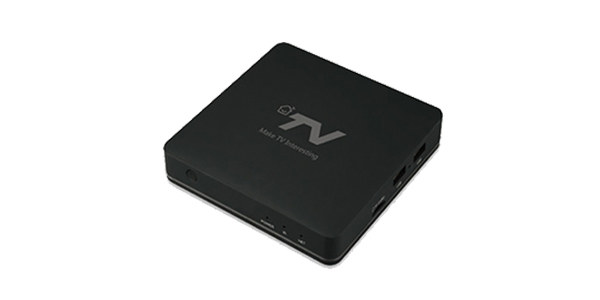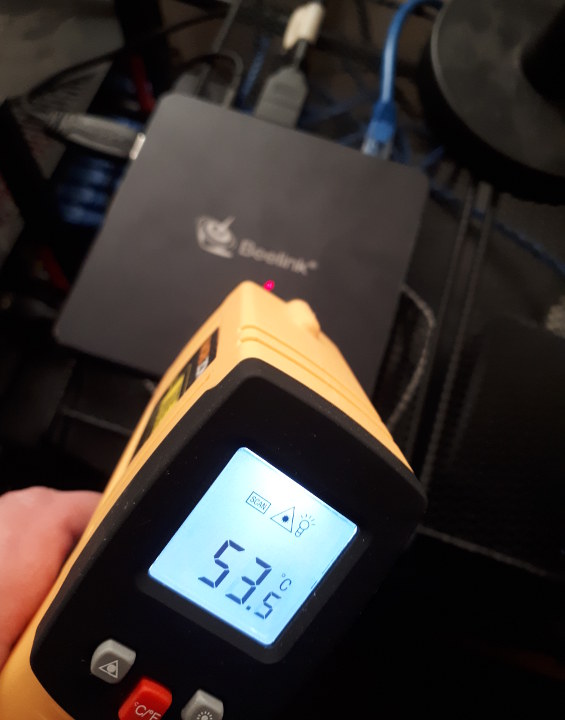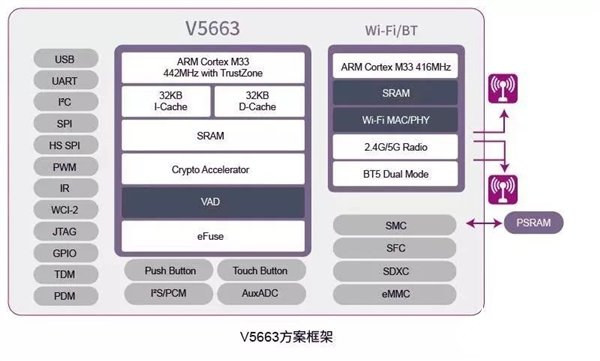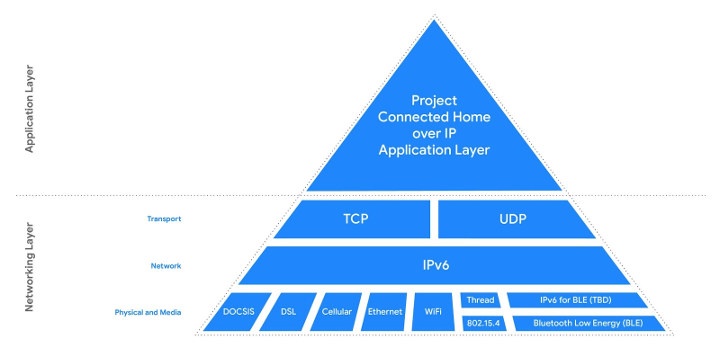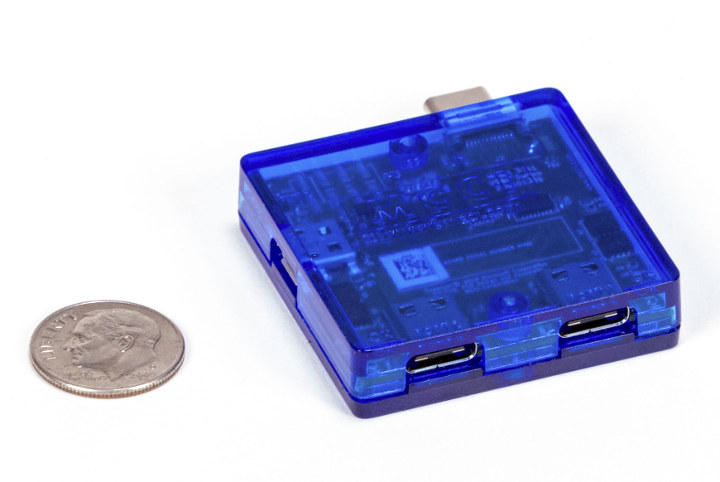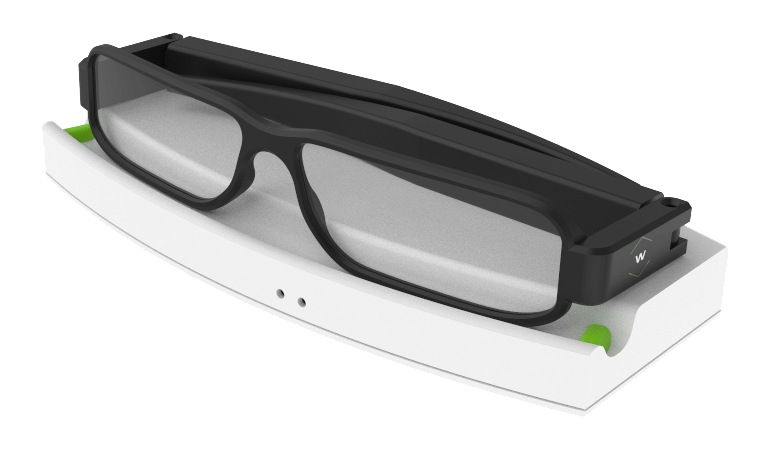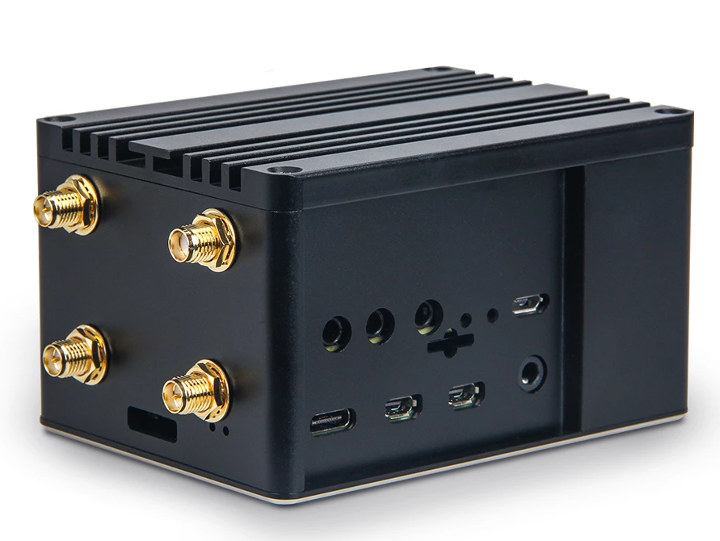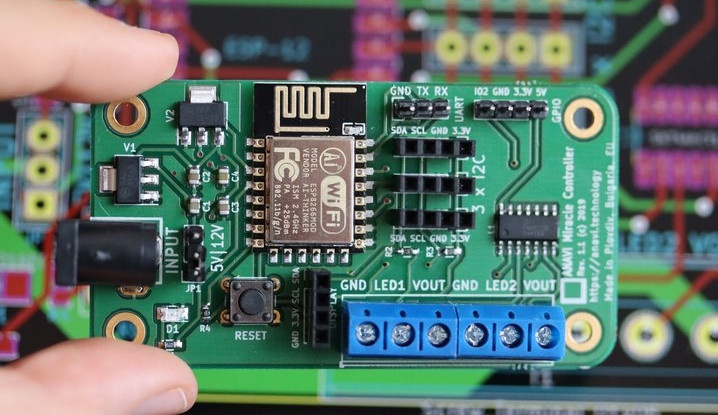We’ve previously covered several TV box & set-top box SoCs with support for the royalty-free AV1 video codec including Broadcom BCM7218X SoC, and Amlogic S805X2, S905X4, and S908X processors. But so far, apart from an AV1 demo on the RTD1311/RTD1319 development board (Pymparticle EVB?), and new about Technicolor Jade STB, I had not really seen AV1-capable TV boxes so far. SDMC DV8919 appears to be the first Amlogic S905X4 TV box on the market and one of the first running the recently released Android 10 on Android TV OS. SDMC DV8919 specifications: SoC – Amlogic S905X4 quad-core Arm Cortex-A55 processor @ up to 2.0 GHz with Arm Mali-G31MP2 supporting OpenGL ES3.2, Vulkan 1.1 and OpenCL 2.0 System Memory – 2GB DDR memory (options: 1GB or 4GB) Storage – 8GB eMMC flash (options: 16GB, 32GB, 64GB), MicroSD card slot Video Output – HDMI 2.1 up to 4K @ 60+Hz with CEC […]
Beelink T45 Review with Windows and Linux, and Tweaking BIOS Power Limits
[Update December 23, 2019: We’ve been informed by Beelink that the T45 has been updated to the 6W Celeron N4200 processor instead, and the system is now cooled with a fan. The model reviewed in this post is the fanless version with a 10W Intel J4250 processor, which was never sold] [Update January 30, 2020: We’ve now posted a review of the new model at Beelink Gemini T45 Pentium N4200 Mini PC Review] Beelink have further extended their ‘Gemini’ range of mini PCs by adding the T45. This is a passively cooled mini PC that is effectively a companion to the J45 as it again uses the slightly older Apollo Lake Intel Pentium J4205 CPU which is a quad-core 4-thread 1.50 GHz processor boosting to 2.60 GHz with Intel’s HD Graphics 505. Although the T45 is a ‘NUC’ style mini PC physically consisting of a 119 x 119 x 17.7 […]
UNISOC V5663 Arm Cortex-M33 AIoT SoC Comes with 802.11 b/g/n/ac WiFi 5, Bluetooth 5.1
UNISOC has launched a new processor for AIoT (Artificial Intelligence + IoT) applications with V5663 dual-core Cortex-M33 processor, supports for dual-band WiFi 5, Bluetooth 5.1, and audio features such as a voice activity detector and microphone array support which should make it ideal for smart speakers, and other smart audio applications. UNISOC V5663 WiSoC specifications: CPU Arm Cortex-M33 processor @ 442 MHz with TrustZone, 32KB I-cache, 32KB D-Cache for application code Arm Cortex-M33 processor @ 416 MHz for WiFI and Bluetooth Memory – Built-in SRAM + external PSRAM interface Storage – eMMC, SDXC interfaces Connectivity – Dual-band 802.11 b/g/n/ac WiFi 5 2×2 MIMO Bluetooth 5.1 dual-mode (Classic + LE) Mesh Networking for WiFi and Bluetooth Indoor Positioning – WiFi RTT, Bluetooth direction finding (AoD / AoA) Audio – Voice Activity Detector (VAD), PDM and I2S/PCM interfaces Peripherals: USB 2.0 / 3.0, eMMC I2C, SPI, HS SPI, UART GPIO, PWM IR […]
Project Connected Home over IP (CHIP) Working Group is Backed by Google, Apple, Amazon, and the Zigbee Alliance
Amazon, Apple, Google, and Zigbee Alliance have partnered to create Project Connected Home over IP (CHIP) working group aiming to develop a royalty-free, Smart Home standard to increase compatibility among products, and with security at the forefront. The new standard will be separate from Zigbee 3.0 / Pro, and Zigbee Alliance board member companies such IKEA, Legrand, NXP Semiconductors, Resideo, Samsung SmartThings, Schneider Electric, Signify (formerly Philips Lighting), Silicon Labs, Somfy, and Wulian will also join the CHIP working group and contribute to the project. The standard specified by Project Connected Home over IP will rely on existing technology from the networking layer including TCP/UDP transport protocol, IPv6 network and various physical & media standards such as WiFi, Ethernet, Bluetooth LE, Cellular, 802.15.4 and others. Instead, it will define what happens at the application layer level with the following points of focus: End-to-end data security and privacy among in-home and […]
MCCI Sells a $795 USB4 Switch for USB4 Product Development
The USB4 specification was officially released last September with the new standard promising speeds of up to 40 Gbps and up to 100 Watts power delivery over USB-C connectors. MMCI is now offering a 2:1 USB4 switch, the first computer-controlled USB4 mux according to the company, that can control 1 or 2 products up to 20 Gbps. Model 3141 USB4 Switch is not designed for consumers, as there aren’t any USB4 devices around at this time, but for electronics designers, firmware and software developers to enable them to test & debug their USB4 implementations. MCCI Model 3141 USB4 Switch key features and specifications: USB Specifications/Features USB4 Thunderbolt 3 USB 3.2 gen2 (x2 and x1), gen 1 (x2 and x1) USB 2.0 high speed, full speed, and low speed USB Power Delivery VCONN-powered devices (up to 0.5A) Alternate modes like DisplayPort. 2:1 switch, connecting two USB Type-C receptacles to a single […]
Energous Launches WattUp Smart Glasses Developer Kit for Customer Product Designs
Near-field wireless charging technology has the potential to disrupt the consumer electronics industry, but its adoption has been limited. Energous wireless charging technology WattUp has promised to change that narrative by making it possible to charge devices mid-field (on the desk) or far off (in the room. Aside from the distance challenge in wireless charging, one other major issue is the fact that there are few deployments with them. Only a few devices have wireless charging incorporated. Energous is hoping to change that as well with the launch of the WattUp Smart Glasses Developer Kit, which is tailored for custom product design in the wearable industry. Energous is continuing its trend of launching a developer kit after having released the WattUp Hearables Developer Kit with Near-Field Wireless Charging and support for the SKIIN Smart Underwears. According to the Energous, the goal of the smart glasses developer kit is: Designed to […]
RAK7244 LoRaWAN Developer Gateway Combines Raspberry Pi 4 with LoRa HAT, Optional 4G LTE Connectivity
After launching RAK831 Lite LoRaWAN gateway based on Raspberry Pi 3 board in 2018, RAK Wireless introduced Pilot Gateway Pro RAK7243 gateway with the more recent Raspberry Pi 3B+ SBC earlier this year. But with the launch of Raspberry Pi 4 last June, the Raspberry Pi 3B+ has become much harder to procure, so RAK has now launched an updated LoRa gateway featuring Raspberry Pi 4 SBC together with the company’s RAK2245 Pi Hat Edition LoRaWAN gateway concentrator module. RAK7244 LoRaWAN Developer Gateway specifications: SBC – Raspberry Pi 4 Model B with 2GB RAM Connectivity LoRa RAK2245 Pi Hat LoRaWAN gateway concentrator module with 1x SX1301 baseband processor, 2x SX125x Tx/Rx front-ends LoRaWAN v1.0.2 support Support for 8 channels and spreading factors SF7 to SF12 Bands – 433MHz, 470MHz, 865MHz, 868MHz, 915MHz, 920MHz, 923MHz Tx Power: 27 dBm Max RX Sensitivity: -139dBm Cellular – Optional 4G LTE support via RAK2013 […]
ANAVI Miracle Controller WiFi Board Drives Addressable LED strips (Crowdfunding)
Last year, we wrote a tutorial showing how to control an RGB LED strip Control ANAVI Light ESP8266 controller. The board only works with standard non-addressable 12V LED strips however, and Leon ANAVI received requests to support 5V and 12V addressable LED strips such as NeoPixels, WS2811, WS2812, or TM1804. So he updated ANAVI Light Controller design and has now launched a new open-source hardware certified board based on ESP8266 WiFi chip: ANAVI Miracle Controller. ANAVI Miracle Controller specifications: MCU – Espressif Systems ESP8266 Tensilica L106 32-bit processor Connectivity – Wi-Fi 4 802.11 b/g/n LED Strips Support – Up to two 5V or 12 V addressable LED strips; Supported models include WS2812, WS2812B, WS2811, TM1804, etc. (LED strip chipsets supported by the FastLED library) Expansion 4x I2C header for mini OLED display, sensors, and others 4-pin “GPIO” header with 1x GPIO, GND, 3.3V, and 5V signals Misc – Reset button, […]


